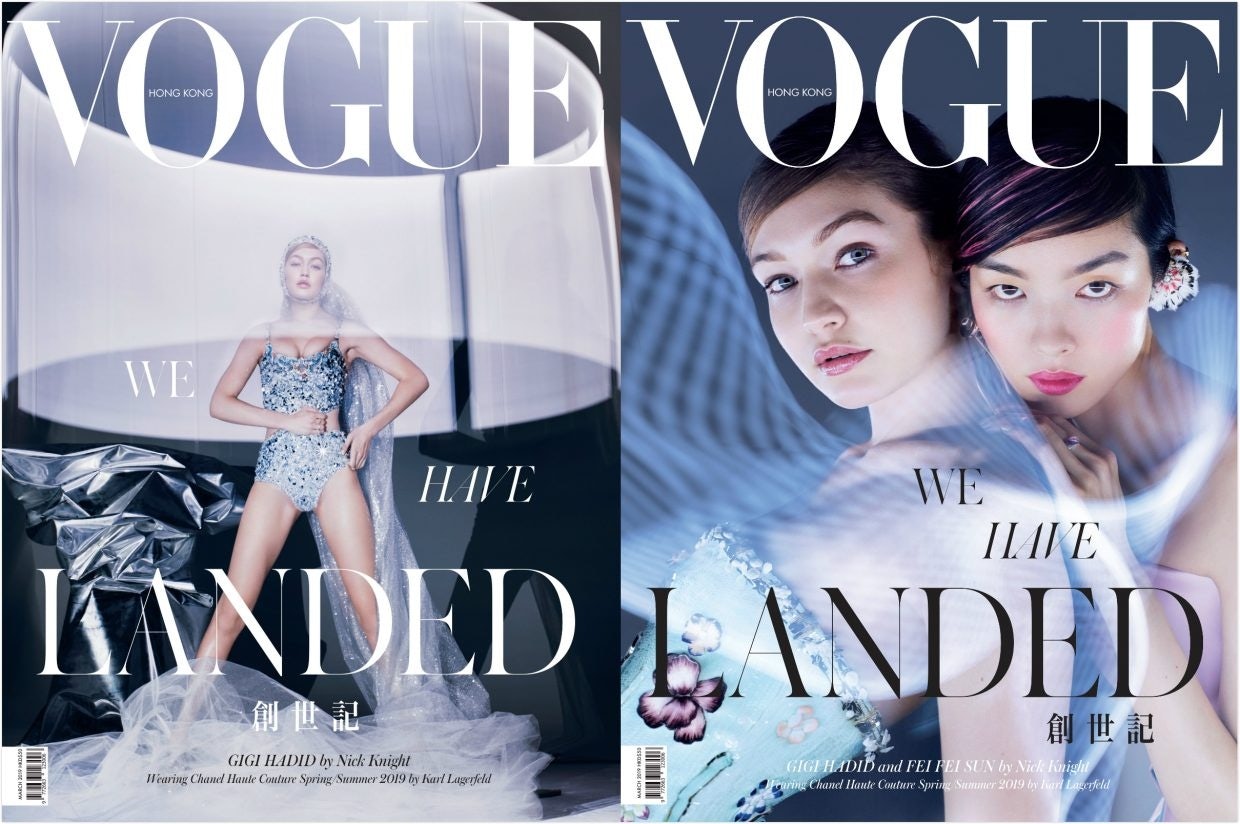What happened
August 9, Sophia Liao left her role as the President of Condé Nast China, according to WWD. She joined the global mass media company in 2017 as the successor to Liz Schimel, who exited the company for personal reasons. Liao made some major changes to Condé Nast China as president, including appointing Paco Tang publisher at GQ China, and later promoting him to oversees the commercial responsibility of Vogue China and Condé Nast Traveler China. She also shuttered Self China during her tenure — Condé Nast’s Chinese version of the American health and wellness magazine by the same name. Neither Condé Nast China nor Liao released any comments regarding her departure and no successor has been named at this point.
Jing Take:#
Condé Nast China has had a rough year, with multiple, high-level personnel changes. In January, GQ China’s fashion director Anson Chen resigned. In February, GQ China’s deputy editor Tao He was charged by his team members of professional misconduct. Then the editorial director of GQ China, Ming Zeng, left a week after that. In early April, Vogue China’s fashion director Candy Lee resigned to pursue other opportunities. This past June, Vogue China’s Deputy Publisher Tang Shuang left the company. And the previous year, Paco Tang, the company’s group publisher appointed by Liao, was the subject of an anonymous e-mail sent to Condé Nast China alleging bribery and corruption. The allegations were dismissed due to a lack of evidence. No matter, staffing issues at Condé Nast China hasn’t been easy of late. Given the difficulties iconic print titles have been suffering from for years now — diminished subscribers, newsstand sales, and advertisers — it’s not been an easy market to manage. Does Condé Nast China’s revolving door of issues represent an internal problem for the publishing giant, or does it simply reflect the difficulties of a changing media landscape, and the ongoing collision between established media brands and an ever-expanding list of upstart digital competition that is taking market share and talent.
The Jing Take reports on a piece of the leading news and presents our editorial team’s analysis of the key implications for the luxury industry. In the recurring column, we analyze everything from product drops and mergers to heated debate sprouting on Chinese social media.
